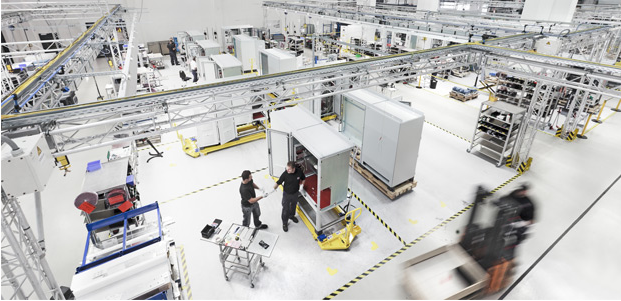South Korea Focuses on Storage Power Plants

200 MW of pure storage capacity: Before the end of 2015, the world’s largest battery-storage system will go into operation in South Korea. Its aim is to help stabilize the Korean utility grid.
Alongside a country-wide initiative to economize electricity use and promote self-generated energy, the South Korean government intends, in particular, to back grid expansion through renewable energies and press ahead with integrating them into the utility grids.
This will require an increasing operating reserve, but South Korea cannot import and purchase this reserve from neighboring utility grids as is the case in Europe, for example. As a peninsula and one that has no connection to the utility grid in neighboring North Korea, South Korea has to produce the operating reserve required to stabilize the grid entirely by itself. This is exactly what the South Korean state-owned electric utility company KEPCO is striving for with this first battery-storage system project and others to come, each with a capacity of 200 MW, to be set up over the next few years.
SMA’s part in the project is to supply 24 Sunny Central Storage 1000 battery inverters, which manage the local battery-storage systems in such a way that energy can be supplied on demand at all times. The Sunny Central Storage battery inverter is based on the successful Sunny Central CP-XT platform. That means it features the same high level of efficiency, a robust design for use in extreme ambient conditions and a wide operating temperature range of -40°C to 62°C.
The role of the large-scale storage system in this project is primarily to provide the necessary grid management services for an uninterrupted power supply—a capability that up to now has mainly been done by conventional power plants and pumped-storage power plants.
Find more information in our press release


Feel free to contribute!